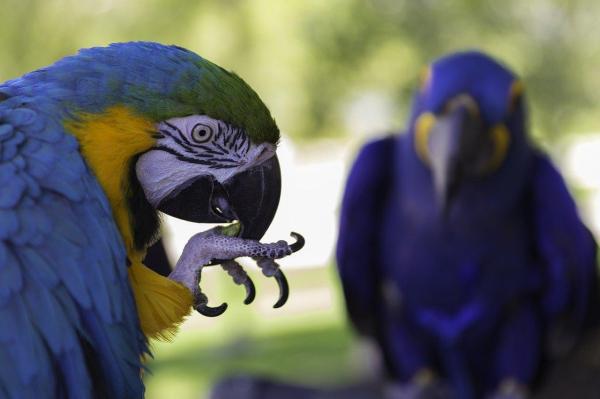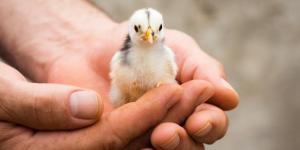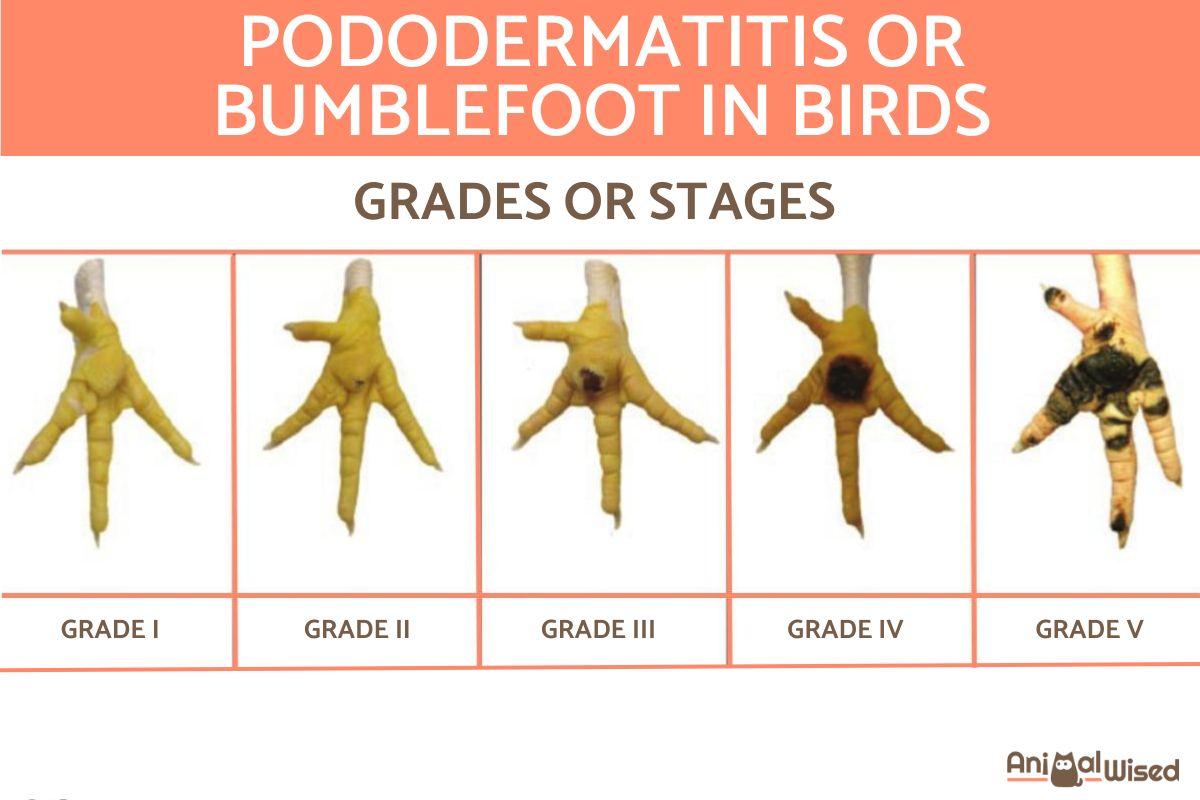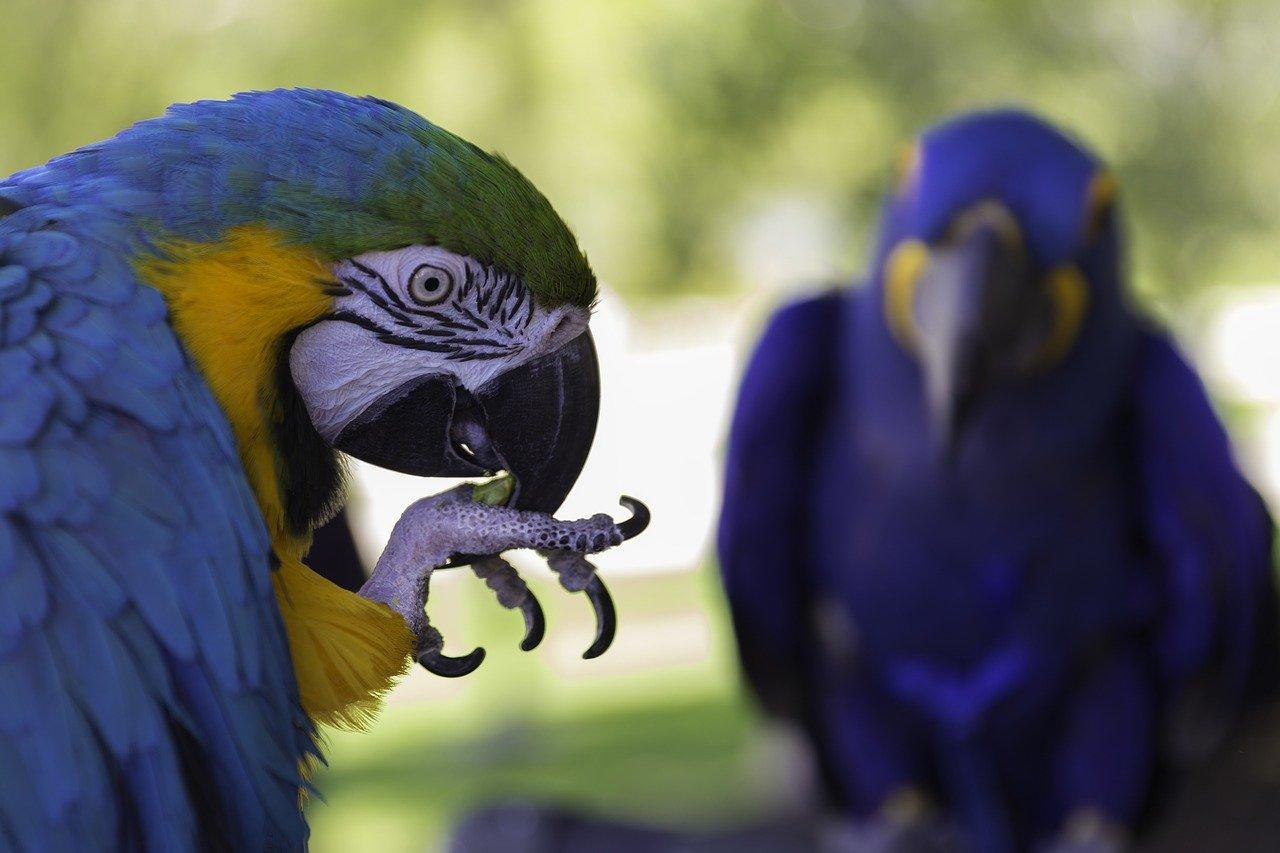Pododermatitis or Bumblefoot in Birds


Bumblefoot, or pododermatitis as it's technically known, is a common and painful condition affecting birds' feet. Left unchecked, it can significantly impact their mobility and overall happiness. But fear not! Understanding the causes can empower you to create a healthy environment that minimizes the risk.
In the following AnimalWised article, we delve into the intricacies of pododermatitis or bumblefoot in birds. Our article covers its definition, causes, symptoms, and essential measures that you can implement to safeguard the well-being of your bird's feet.
What is pododermatitis or bumblefoot in birds?
Pododermatitis, commonly known as bumblefoot, is a condition in birds characterized by inflammation and infection of the foot pad. This condition can range from mild inflammation to severe infection that includes abscesses, swelling, and in advanced cases, bone infection. It can affect both wild and domesticated birds, including pet birds, poultry, and raptors.
Bumblefoot is often caused by a combination of factors, including poor perch design that leads to pressure sores on the feet, obesity, malnutrition (especially vitamin A deficiency), lack of exercise, and unsanitary living conditions. If left untreated, pododermatitis can lead to severe health issues, including lameness, systemic infection, and in extreme cases, death. Early intervention is critical to prevent progression and ensure the best possible outcome for the affected bird.
What are the stages of pododermatitis?
Pododermatitis can be classified into five distinct grades or stages, each reflecting the severity of the condition and the extent of tissue involvement:
- Grade I: involves a weakening of the plantar area without a breach in the epithelial barrier, indicating no associated infection.
- Grade II: characterized by inflammation along with a localized infection, affecting the superficial structures of the foot pad in contact with the weakened area.
- Grade III: represents the escalation of inflammation and infection, accompanied by noticeable swelling.
- Grade IV: marks a critical stage where the infection penetrates deeper vital structures, potentially causing tendonitis, synovitis, and/or osteomyelitis (inflammation of the bone).
- Grade V: signifies the advanced progression from Grade IV, featuring the presence of deformities in the foot.
You might be interested in this other article, where we discuss what trichomoniasis in birds is.
Causes of pododermatitis in birds
Pododermatitis, is not an unfortunate accident in birds. It's a complex condition triggered by a combination of factors related to improper bird care. Understanding these diverse influences is crucial for both prevention and effective treatment. Let's dive deeper into the key elements that contribute to this painful condition in birds.
- Inadequate nutrition: deficiencies in essential vitamins, particularly A and E, have been linked to an increased susceptibility to pododermatitis.
- Obesity: the burden of excess weight at the plantar level can lead to heightened wear and tear, reducing blood supply and increasing the risk of pododermatitis.
- Lack of exercise: birds with restricted physical activity may experience erosion of the plantar epithelium and diminished blood flow due to prolonged perching.
- Poor nail care: overly long nails hinder natural perching positions, contributing to the erosion of the plantar epithelium in critical support areas.
- Inadequate perches or platforms: poorly designed perches or platforms can cause uneven weight distribution, leading to pressure sores and injuries that become entry points for infection.
- Persistent wetness: Wet bedding or substrate can soften and weaken foot pads, making them more prone to injury and infection.
- Environmental hazards: sharp objects like rocks, broken glass, or splintered wood can puncture or cut a bird's foot, creating an entry point for infection.
- Unsanitary conditions: Contaminated bedding, feces, or stagnant water provide a breeding ground for bacteria that can readily infect any foot injuries.

Symptoms of pododermatitis in birds
Pododermatitis typically affects both feet in birds, with clinical signs varying based on the condition's progression:
- Grade I: early signs might include increased redness, callus formation, and worn skin on the footpads. In some cases, blood flow to the affected area may be reduced, causing pale skin patches.
- Grade II: as the condition progresses, blisters, ulcers, or open wounds may develop, sometimes with crusting and dead tissue around them. Blood flow to the affected area may become further restricted, leading to tissue death.
- Grade III: the footpad may become swollen, and the ulcers may develop raised, dead edges. Inflammation can spread deeper into the tissues beneath the skin.
- Grade IV and V: In severe cases, deeper tissues like tendons, joints, and even bones can become infected. This can lead to complications like joint fusion, blood poisoning, and permanent foot deformities.
Diagnosis of pododermatitis in birds
Early detection and targeted treatment are crucial to preventing the progression of pododermatitis and ensuring the well-being of affected birds. Here's an overview of the diagnosis process:
- Visual inspection: veterinarians carefully examine both feet for signs like swelling, redness, blisters, ulcers, or crusting.
- Palpation: by gently feeling the feet, they assess inflammation, sensitivity, and potential pain.
- Staging: based on the severity and extent of lesions, the condition is classified into stages (e.g., mild, moderate, severe) to guide treatment decisions.
- Diagnostic imaging: X-rays can reveal underlying bone involvement, while ultrasound provides detailed images of soft tissue damage.
- Laboratory tests: culture and sensitivity tests identify specific bacteria or fungi involved, enabling veterinarians to prescribe targeted antibiotics with the best chance of success.
- Differential diagnosis: ruling out other conditions with similar symptoms, such as nutritional deficiencies, viral infections, or parasitic infestations, is crucial for accurate diagnosis and effective treatment.
You might be interested in learning about the parts of a bird in this other article.
Treatment of pododermatitis in birds
As previously explained, pododermatitis is a progressive and chronic pathology that requires immediate attention upon diagnosis to prevent the condition from worsening.
The initial step in addressing pododermatitis is identifying and eliminating the underlying cause. This involves identifying and rectifying errors in bird management, whether they are related to nutrition, environment, or hygiene. Implementing good management practices is essential to curbing the progression of the disease.
In mild cases where the epidermis is thickened and hardened, pharmacological treatment may suffice. Emollient ointments are commonly used to hydrate the skin and facilitate the absorption of other drugs during initial phases. Furthermore, antiseptics like chlorhexidine are recommended to prevent bacterial colonization.
In cases of infection (from grade II onwards), antibiotic therapy is necessary. Topical antibiotics may be sufficient in early stages, while systemic administration becomes crucial in advanced cases. The choice of antimicrobial should be based on the observed sensitivity in the antibiogram.
Advanced stages may require surgical intervention. This involves cleaning the affected area, debriding the wound, and reviving the edges to promote healing. In cases where deep tissues are affected (tendonitis, synovitis, or osteomyelitis), amputation of the affected limb may become necessary.
Both pharmacological and surgical treatments should be complemented with padded bandages to soften support and reduce pressure on the wound.
Additionally, low-power laser therapy can be employed as an adjunct treatment. This therapy enhances regeneration, stimulates fibrinolysis, and improves microcirculation, thereby promoting the resolution of the pododermatitis process.
By addressing pododermatitis with a comprehensive and tailored approach, the prognosis can be significantly improved.
Prevention of pododermatitis in birds
By following these simple steps, you can help prevent pododermatitis in birds and keep your birds healthy and happy:
- Choose high-quality food suitable for your bird's species and offer it in the correct amounts. Be mindful of vitamin intake, especially A and E, and keep fat content low to avoid overweight, a risk factor for bumblefoot.
- Provide your bird with ample space to fly and exercise daily. If that's not possible, offer regular out-of-cage playtime. This keeps them active, prevents obesity, and reduces the time spent perching in one spot.
- Regularly check your bird's nails and feet, trimming nails when needed. Examine the soles (plantar areas) for any injuries or abnormalities. Early detection greatly improves the chances of successful treatment.
- Smooth, uniform perches encourage birds to stand in the same spot, putting stress on their feet. Instead, offer a variety of natural branches with different diameters, textures, and shapes, mimicking their wild environment. Mobile perches that shift slightly with weight add further benefit by promoting blood flow.
- For poultry, use absorbent bedding to maintain a dry floor. Ensure perches and poles are also dry to avoid excess humidity, which can contribute to bumblefoot development.
- Maintain a high standard of hygiene in your bird's cage, perches, poles, and toys. Choose materials that are easy to clean and disinfect to prevent the spread of bacteria and other pathogens. In poultry environments, regularly replace bedding to keep hygiene levels optimal.
Did you know that some birds cannot fly? Read on this other article to learn about the so-called flightless birds.
This article is purely informative. AnimalWised does not have the authority to prescribe any veterinary treatment or create a diagnosis. We invite you to take your pet to the veterinarian if they are suffering from any condition or pain.
If you want to read similar articles to Pododermatitis or Bumblefoot in Birds, we recommend you visit our Other health problems category.
- Bilgili, S.F., Hess, J.B., Donald, J., Fancher, B. (2011). Practical considerations to reduce the risk of pododermatitis. Aviagen Brief
- Del Águila, O., Serrano, R., Rodríguez, C., González, F. (2009). Therapeutic alternatives against pododermatitis in birds of prey. Current drug landscape; 33(328):1129-1141
- Grifols, J., Molina, R., Martinez, F. (2002). Nails in birds . Canis et felis; 59, 65-78






